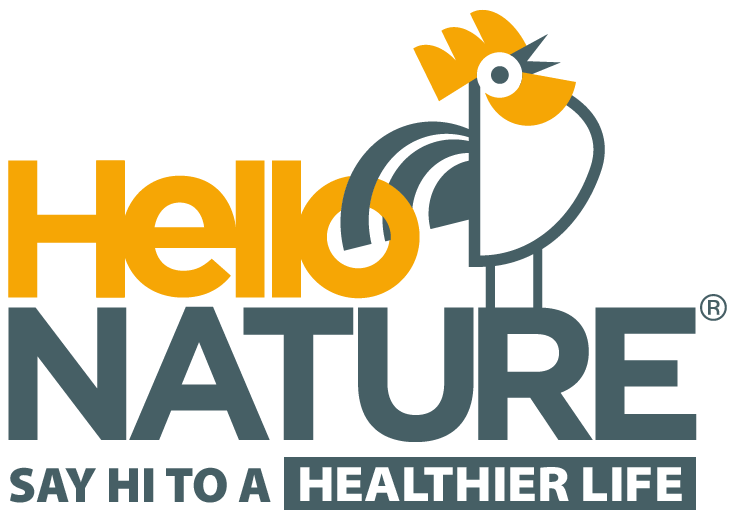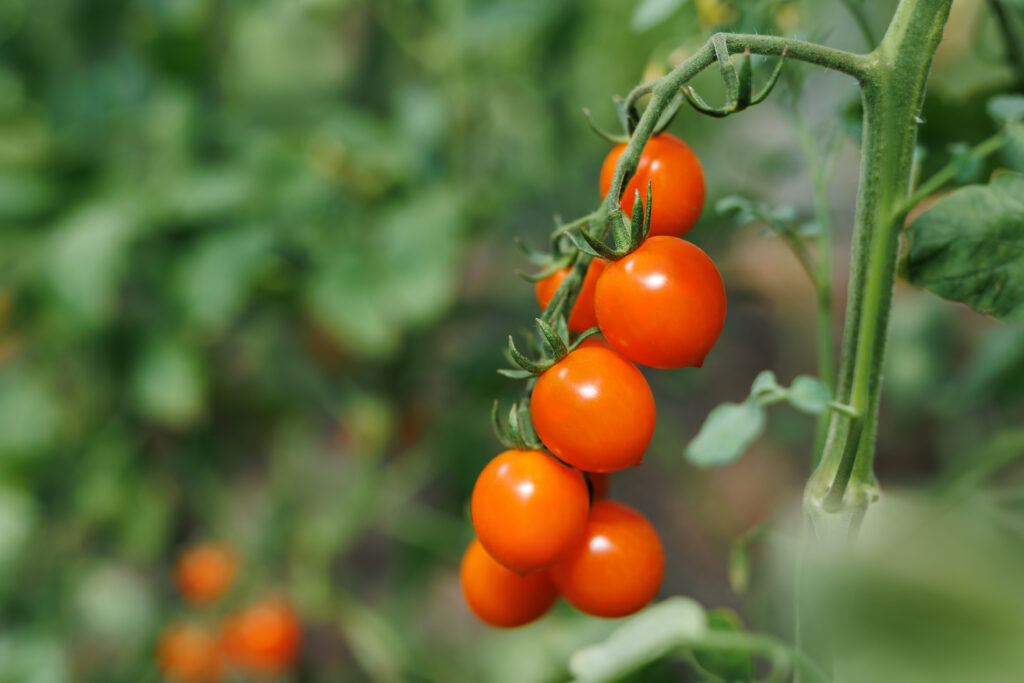Summary of Genotype-biostimulant association reveals the guidelines for an improved cherry tomato soilless cultivation
Genotype Biostimulant Association for Cherry Tomato in Soilless Culture: A Synergistic Approach
The genotype biostimulant association cherry tomato soilless cultivation plays a key role in optimizing plant growth and fruit quality. Many factors influence this relationship, including genotype, cultivation methods, and biostimulant types. Recently, the SO.MI.PR.O.N. project studied two cherry tomato genotypes—‘Creativo’ F1 hybrid and P1 ecotype—under various biostimulant treatments applied alone or combined. Understanding this association helps improve yield, firmness, and quality in soilless systems.
Synergistic Effects of Biostimulants on Cherry Tomato Growth
Researchers applied tropical plant extract (VNE), legume-derived protein hydrolysate (LDPH), and the beneficial fungus Trichoderma atroviride (TA) to evaluate their effects. The ‘Creativo’ F1 hybrid responded most positively. Specifically, shoot biomass increased by 7.5% and yield rose by 18.3%. Additionally, fruit firmness improved remarkably by 67.2%, which enhances marketability and shelf life. These findings emphasize how selecting the right biostimulant combination can boost cherry tomato growth and productivity.
Quality Enhancement through Genotype and Biostimulant Interaction
On the other hand, the P1 ecotype excelled in fruit quality traits. It showed increases of 4.9% in total soluble solids, 11.2% in fruit dry matter, and 23.7% in lycopene content compared to ‘Creativo’ F1. This result suggests that growers can fine-tune the plant genotype and biostimulant synergy to prioritize either fruit quality or yield based on their goals. Moreover, combining all three biostimulants produced the best results for both genotypes. This approach maximizes plant performance in soilless culture.
Conclusion: Optimizing Cherry Tomato Production via Biostimulant and Genotype Selection
In conclusion, genotype-specific responses to biostimulants play a crucial role in optimizing cherry tomato production. While ‘Creativo’ F1 shows stronger growth and yield improvements, P1 ecotype offers superior fruit quality. Still, both genotypes perform best when exposed to combined biostimulant treatments. These results confirm that integrated biostimulant strategies create effective genotype-biostimulant partnerships. Therefore, they promote sustainable and efficient cherry tomato cultivation in soilless systems.
Publication: Scientia Horticulturae









